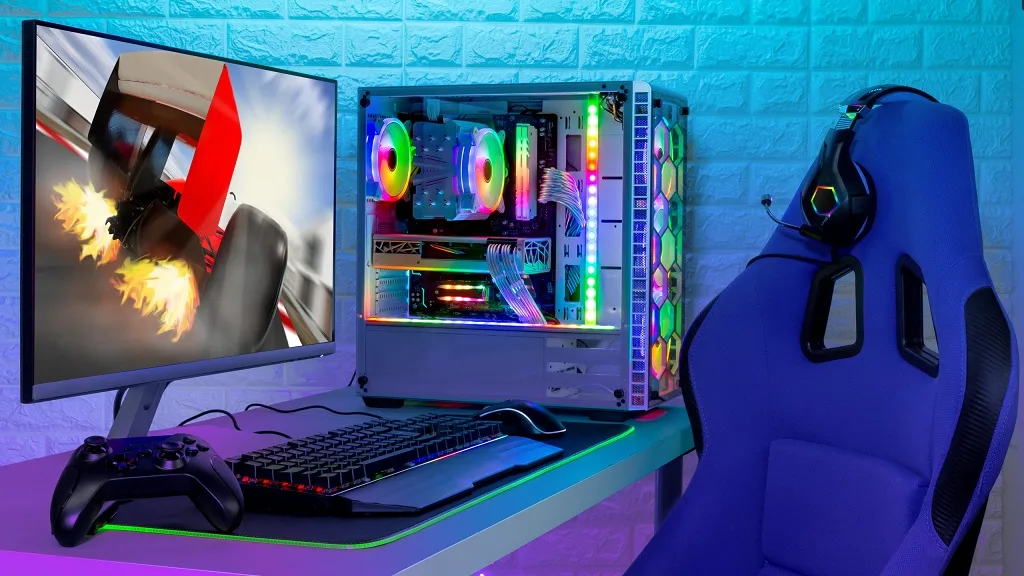
Cloud Gaming Technology Explained
Cloud gaming, a revolutionary advancement in the gaming industry, offers a seamless gaming experience by leveraging the power of cloud computing. This guide delves into the technology behind cloud gaming, its purposes, functionality, effectiveness, and future prospects. Designed for those keen on understanding the intricate workings and potential of cloud gaming, this guide provides a comprehensive overview.
What is Cloud Gaming Technology and Its History
Cloud gaming technology enables players to stream games directly from the cloud, eliminating the need for high-end hardware. The concept dates back to the late 2000s, with companies like OnLive pioneering the space. OnLive, launched in 2009, was among the first to introduce the idea of streaming games, though it faced numerous technical challenges such as latency and internet bandwidth issues.
Despite early setbacks, the technology has significantly evolved. Major players like NVIDIA with GeForce NOW, Sony with PlayStation Now, and Google with Stadia have refined cloud gaming services. These advancements have made it possible for gamers to enjoy high-quality, responsive gaming experiences on various devices, including low-end PCs, smartphones, and tablets.
The Purpose of Cloud Gaming Technology
The primary purpose of cloud gaming technology is to democratize access to high-end gaming. Traditionally, gamers needed expensive consoles or powerful PCs to enjoy the latest titles. Cloud gaming changes this paradigm by allowing users to stream games from powerful remote servers. This not only reduces the cost barrier but also expands the gaming audience.
Additionally, cloud gaming aims to enhance convenience and flexibility. Players can access their game library anywhere, provided they have a stable internet connection. This means no more worrying about storage space or hardware upgrades. By shifting the heavy lifting to the cloud, gamers can enjoy a seamless experience without the hassle of maintaining a gaming rig.
How Cloud Gaming Works and Its Challenges
Cloud gaming operates by running games on remote servers and streaming the gameplay to users over the internet. The process involves three main components: the data center, the network, and the client device. Data centers house powerful servers that handle game execution. These servers send video frames of the gameplay to the player’s device, which in turn sends back input commands. The speed and efficiency of this process are crucial for maintaining a responsive gaming experience.
However, the technology is not without its challenges. Latency remains a significant issue, as any delay in transmitting data can affect gameplay smoothness. Bandwidth requirements are also high; a stable and fast internet connection is essential to prevent lag and buffering. Moreover, data centers must be strategically located to minimize latency for users in different regions, necessitating substantial infrastructure investments.
Effectiveness of Cloud Gaming
Cloud gaming has proven to be effective in several key areas. First, it offers a high level of accessibility, allowing gamers to play advanced games on devices that would not typically support such demanding applications. This opens up gaming to a broader audience, including those who cannot afford high-end gaming systems.
Second, it simplifies the gaming experience. Users no longer need to worry about hardware compatibility, game installation, or system updates. Everything is managed on the server side, ensuring that players always have the latest version of the game without any additional effort.
Third, cloud gaming can enhance social gaming experiences. Many platforms offer features that allow players to easily share their gameplay, join multiplayer sessions, and even stream their gaming to online platforms like Twitch or YouTube.
Finally, cloud gaming supports sustainable gaming practices. By reducing the need for frequent hardware upgrades, it helps in minimizing electronic waste. It also leverages the efficient data processing capabilities of cloud servers, which can be more energy-efficient compared to individual gaming rigs.

The Future Prospects of Cloud Gaming
The future of cloud gaming looks promising, with continuous advancements in technology addressing current challenges. Improved internet infrastructure, such as the rollout of 5G networks, promises to reduce latency and increase bandwidth, making cloud gaming more viable and accessible.
Additionally, the integration of AI and machine learning could further enhance the gaming experience. AI can optimize server load management, predict player behavior to pre-load resources, and provide personalized gaming experiences. These innovations will likely lead to smoother and more immersive gameplay.
Moreover, we can expect increased investment in cloud gaming by major tech companies. As competition intensifies, we will see more innovations, better pricing models, and an expanded library of games available on cloud platforms. This will make cloud gaming an integral part of the gaming ecosystem, potentially becoming the standard way people play games in the future.
In conclusion, cloud gaming technology is set to revolutionize the gaming industry by offering accessible, convenient, and efficient gaming experiences. While there are challenges to overcome, the future holds significant promise, with technological advancements paving the way for a new era of gaming.